class 100 clean room definition
More than a room that is clean or a controlled environment according to the ISO standard 14644-1 clean room definition a clean room is defined as. Each Cleanliness Class defined is also assigned a microbial level for air surface and personnel gear.

Pin On Adjectives List In English
The people who work in clean rooms need to wear special suits that prevent them from contaminating the room.

. B The guidance given for the maximum permitted number of particles in the at rest condition corresponds approximately to the US Federal Standard 209E and the ISO classifications as follows. EU9 pocket filters in at the entrance. Been laundered in a class 100 cleanroom using ultra-filtered water of 045 micron purity and HEPA-filtered air during moisture removal.
Contaminants like airborne dust and other particles can cause failure and waste resources. What is a cleanroom. A cleanroom is an environment where airborn particulates are controlled through an exchange of highly filtered air using a high efficiency particulate air HEPA filtering system and through minimization of activities that generate particles.
Even if its classified as the dirtiest class the ISO 9 clean room environment is cleaner than a regular room. First a small gowning room was built at the entry. This equates to a Class 100 cleanroom under the Federal Standard 209E which allows for 100 particles 05 microns or larger per cubic foot of air.
To meet the same standard using the high-end air change recommendation 480hour requires 12 FFUs. Clean Room A room in which the concentration of airborne particles is controlled to meet a specified airborne particulate Cleanliness Class. They look almost like astronaut suits but are not quite as heavy and dont require the large boots for.
These classifications are assigned based on the maximum allowable concentration of particles per cubic foot or meter of air. Class 1000 cleanroom filtration system must provide filter coverage of 20-30 and a minimum of. What is a class 100 cleanroom.
Class 100 The cleanest room on this list. We understand the need for speed and efficiency we cover a wide range of professional cleanroom products. The most common ISO clean room classes are ISO 7 and ISO 8.
Meeting Class 100 standards using the low-end air change recommendation 240hour inside a 12 x 12 x 7 3302 mm x 3302 mm x 2134 mm cleanroom with 1008 cu. A class 100 cleanroom to a class 10000 cleanroom refers to this kind of working environment. Maintaining a Clean Environment.
Class 100000 cleanrooms or ISO level 9 rooms also exist. We supply to Europe UK and North America. The space is about 40 feet by 40 feet and is separated into three main areas.
Definition of Clean Room Classes Definition of the different Clean Room Classes Former FED STD 209 E - overview cancelled Class Name 01 micron 02 micron 03 micron 05 micron 5 micron 1 35 7 3 1 10 350 75 30 10 100 750 300 100 1000 1000 7 10000 10000 70 100000 100000 700 Fig. Of volume requires 6 FFUs. Cleanrooms come in different classes from class 100 to 100000.
A class 100 cleanroom has 100 particles per cubic foot. It is well isolated well-controlled from contamination and actively cleansed. The lower the ISO class the more stringent the requirements for keeping particles and contamination to the acceptable levels of the room class.
As the highlighted portions of the chart indicate our cleanroom is Class 100- and Class 1000-rated ISO 5 and ISO 6. Grades A and B correspond with class 100 M 35 ISO 5. A cleanroom is designed to keep.
A room in which the concentration of airborne particles is controlled and which is constructed and used in a manner to minimize the introduction generation and retention of particles inside the room and in which other relevant. Air cleanliness in our cleanroom. Modern manufacturing processes and scientific research often require specific very clean environmental conditions.
By comparison your typical office space has between 500000 and 1 million particles per cubic foot. Large numbers like class 100 or class 1000 refer to FED_STD-209E and denote the number of particles of size 05 µm or larger permitted per cubic foot of air. B The guidance given for the maximum permitted number of particles in the at rest condition corresponds approximately to the US Federal Standard 209E and the ISO classifications as follows.
Cleaning solvents can be Di Water a blend of Di Water and Isopropyl alcohol blends cleanroom compatible cleaners and. Grades A and B correspond with class 100 M 35 ISO 5. This class is frequently used in labs and hospitals because it is designed to never permit over 100 particles 05 microns or bigger per cubic foot of air.
As an example ISO 8 cleanrooms also known as Class 100000 cleanrooms can be modular or soft-walled. We built our cleanroom in 1996 inside our existing fab shop. A cleanroom or clean room is an engineered space which maintains a very low concentration of airborne particulates.
The following are popular classes of clean rooms. Grade C with class 10000 M 55 ISO 7 and grade D with class 100000 M 65 ISO 8. A class 100 cleanroom maintains less than one hundred particles larger than 05 microns in each cubic.
In addition the concentration of microorganisms in the environment is monitored. A Class 100 clean room has no more than 100 particles. Abstract A clean room is an environment typically used in manufacturing or scientific research that has a low level of environmental pollutants such as dust airborne microbes.
An ISO 6 clean room Class 1000 cleanroom is a soft- or hard-sided wall manufactured structure that utilizes HEPA filtration systems to maintain air cleanliness levels of a maximum of 1000 particles 05 µm per cubic meter of inside air. Grade C with class 10000 M 55 ISO 7 and grade D with class 100000 M 65 ISO 8. By comparison an ISO class 5 cleanroom is designed to allow no more than 3520 particles equal to or larger than 05 microns per cubic meter of air.
Cleanrooms are classified according to the number and size of particles permitted per volume of air. The old Federal Standard 209E FS 209E includes these clean room classes. Room with a defined concentration of airborne particles designed and used in a way that the number of particles introduced into the room or originating and being deposited in the room is as small as possible and in which other cleanliness-relevant parameters such as temperature humidity and pressure can be controlled as required VDI.
The Federal Standard 209 FS 209E equivalent for these ISO classes are Class 10000 and Class 100 000. Such rooms are commonly needed for scientific research and in industrial production for all nanoscale processes such as semiconductor manufacturing.

What Is A Cleanroom Cleanroom Classifications Class 1 10 100 1 000 10 000 100 000 Iso Standard 14644 Cleanroom Definition
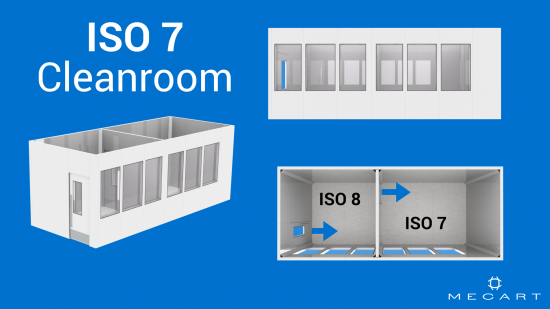
Clean Room Classifications Iso 8 Iso 7 Iso 6 Iso 5 Mecart
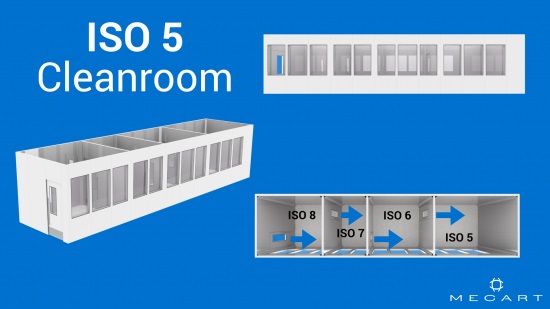
Clean Room Classifications Iso 8 Iso 7 Iso 6 Iso 5 Mecart
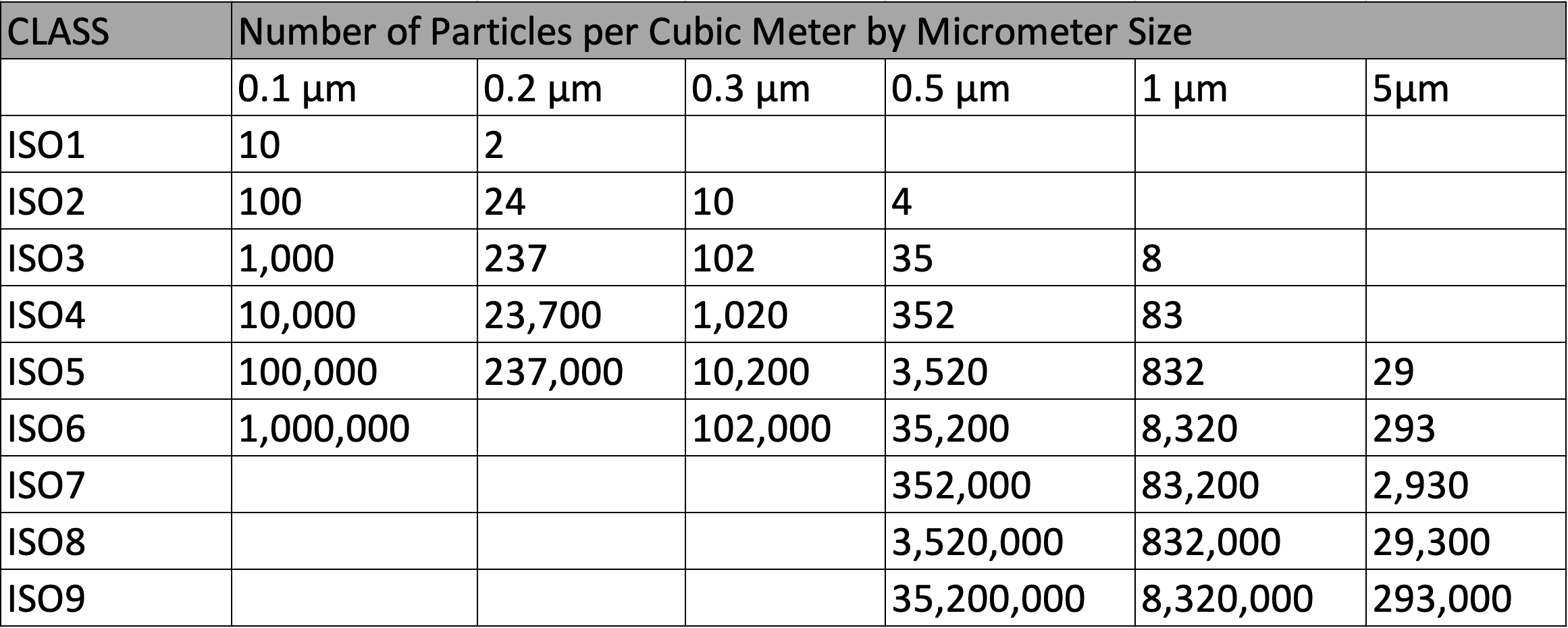
Cleanroom Classification Standards Designtek Consulting Group Llc
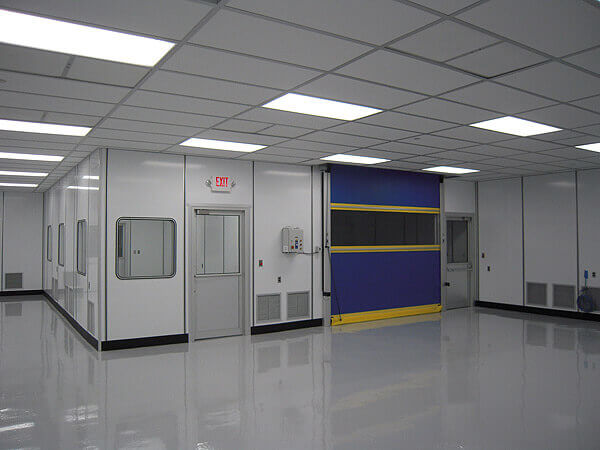
What Is A Cleanroom Cleanroom Classifications Class 1 10 100 1 000 10 000 100 000 Iso Standard 14644 Cleanroom Definition
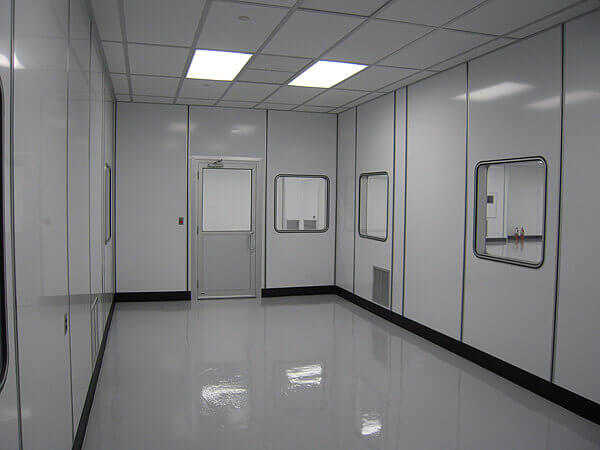
What Is A Cleanroom Cleanroom Classifications Class 1 10 100 1 000 10 000 100 000 Iso Standard 14644 Cleanroom Definition

English Degrees Of Comparison 100 Examples An Adjective Is A Word Which Modifies A Noun Or Pronoun T Degrees Of Comparison English Grammar Positive Adjectives

What Is A Cleanroom Cleanroom Classifications Class 1 10 100 1 000 10 000 100 000 Iso Standard 14644 Cleanroom Definition

Types Of Adjectives Positive Comparative And Superlative Of Adjectives And Examples Table Of Content Superlative Adjectives Adjectives Comparative Adjectives
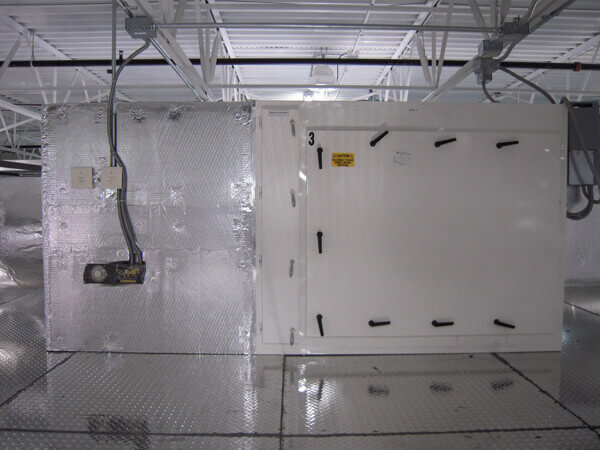
What Is A Cleanroom Cleanroom Classifications Class 1 10 100 1 000 10 000 100 000 Iso Standard 14644 Cleanroom Definition







